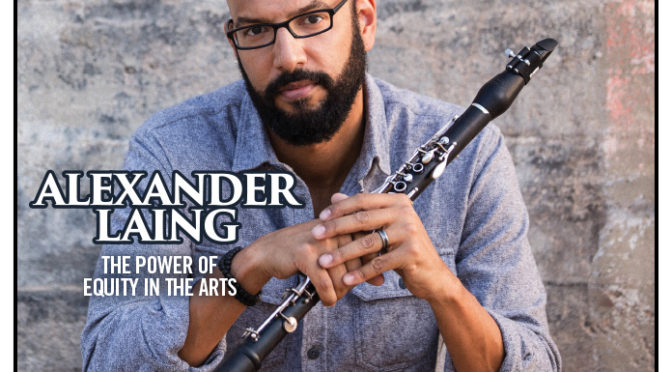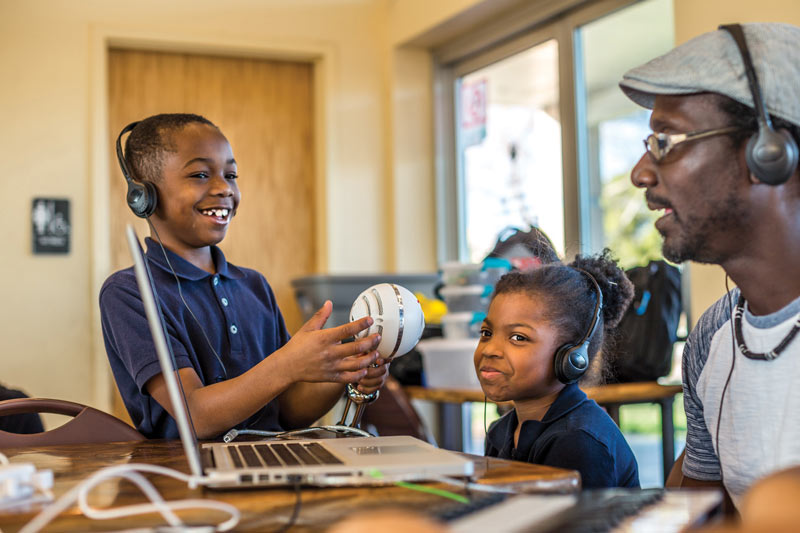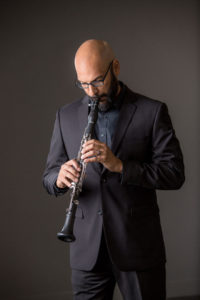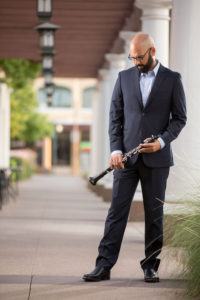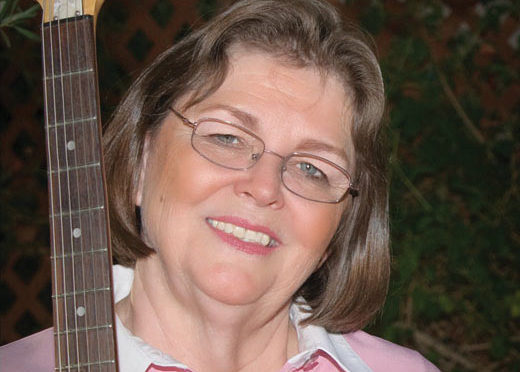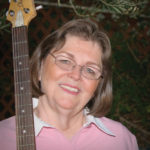Furloughed through the end of the 2020-21 season, musicians of the Phoenix Symphony ratified a contract at the end of October that will secure their health coverage and other benefits.
The symphony’s musicians—members of Local 586 (Phoenix, AZ)—were initially furloughed for three weeks at the beginning of the pandemic in March 2020. Thanks to PPP funding, musicians were returned to the payroll at 100% through the end of the 2019-20 season, but were again furloughed on September 15, 2020, following the cancellation of the orchestra’s entire 2020-21 season.
The current furlough will continue through June 6, 2021. Orchestra size has been reduced from 66 to 64 musicians, with two open positions remaining unfilled, for the 2020-21 season only.


